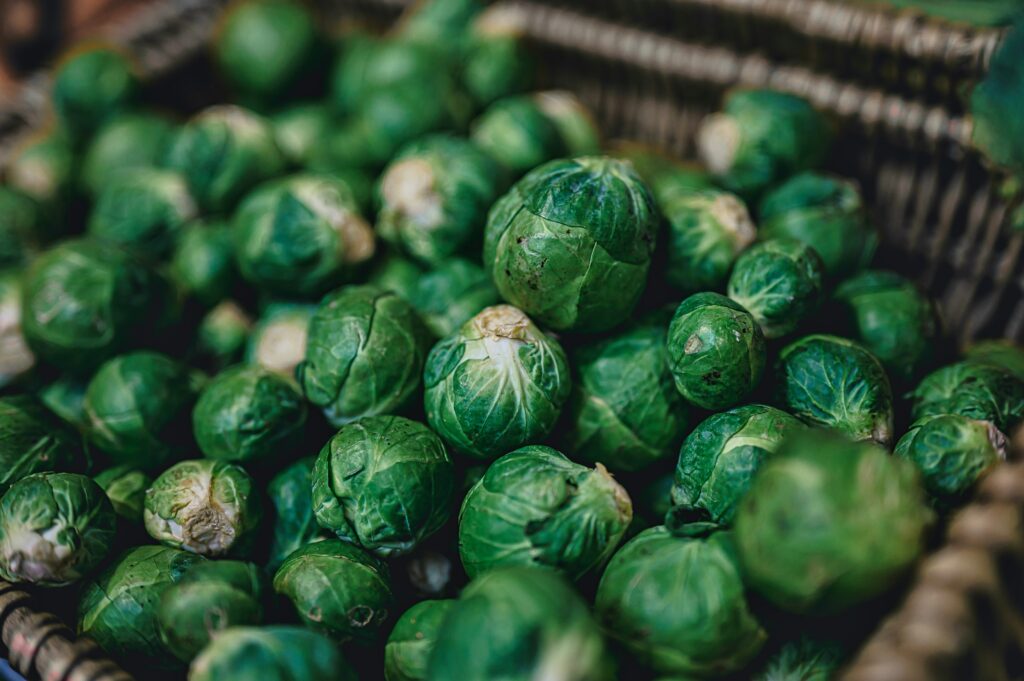From CO2Science: According to Bin Zaher et al. (2021), eddo (Colocasia esculenta) is “the most widely cultivated taro crop in Japan” and will likely grow in importance as a staple food across the world as human population increases. Consequently, there is a need to understand how this tuber crop might respond to predicted future changes in temperature and atmospheric CO2.
Paper reviewed: Bin Zaher, M.A., Kumagai, E., Yabiku, T., Nakajima, M., Matsunami, T., Matsuyama, N., Thinh, N.C., Hasegawa, T. and Kawasaki, M. 2021. Effects of elevated atmospheric CO2 concentration on growth and photosynthesis in eddo at two different air temperatures. Plant Production Science, doi.org/10.1080/1343943X.2020.1862682.
To assist in this regard, the team of nine scientists conducted an experiment inside sunlit greenhouses where they grew eddo and rice for five weeks (from the early vegetative growth stage through the intermediate vegetative growth stage) under one of two CO2 concentrations (~415 ppm for ambient air and ~615 ppm for elevated CO2 air, with the elevated CO2 applied during the hours of 0330 and 1930 daily) at low or high temperatures in two growing season years (2018 and 2019). The low temperatures (LT) in 2018 and 2019, respectively, were 23.4°C and 19.0°C, whereas the high temperatures (HT) were 27.7°C and 23.1°C. The work was conducted at the Tohoku Agriculture Research Center of the National Agriculture and Food Research Organization (NARO) in Morioka, Japan. All plants were grown in pots inside the environment-controlled greenhouses and the researchers made a number of measurements to study plant growth and development responses to the different temperature and CO2 conditions.
The results indicated that elevated CO2 had a positive impact on the photosynthesis and growth of both eddo and rice (Figures 1 and 2 below). In particular, Bin Zaher et al. report dry weights of eddo leaf blades, petioles, roots and aboveground parts, as well as the number of leaves, leaf area and plant height, all increased significantly under elevated CO2. For rice, elevated CO2 significantly increased the number of leaves and the dry weights of rice leaf blades, leaf sheaths and stems, aboveground parts and whole plants. Net photosynthesis was also enhanced by CO2 in both crops (Figure 2), but the enhancement was only marginally significant with P values of 0.055 and 0.056 for eddo and rice, respectively.
With respect to the influence of temperature, high temperatures also had a positive influence on eddo photosynthesis, number of leaves, leaf area, the number of lateral plants and the dry weights of eddo corms. For rice, high temperatures significantly increased the number of leaves, the number of tillers, and the dry weights of rice leaf blades, leaf sheaths and stems, aboveground parts and whole plants. When combined (temperature and CO2), the two parameters had no significant impact on any of the growth-related parameters except total dry weight for rice and the number of lateral plants for eddo.
Collectively, the above findings are very promising for the future production of both rice and eddo, revealing that yields should increase in these two important crops as atmospheric CO2 concentrations rise, regardless of whether or not temperatures increase.

Figure 1. Effects of carbon dioxide and temperature on the dry weight of eddo and rice plants in 2018 and 2019. ACO2 = ambient CO2 (~415 ppm), ECO2 = elevated CO2 (~615 ppm), LT = low temperature (23.4°C in 2018 and 19.0°C in 2019), and HT = high temperature (27.7°C in 2018 and 23.1°C in 2019). The percentages in red text indicate the percent increase in dry weight due to elevated CO2 at a given temperature in a given year for eddo or rice. This graphic was derived from data presented in the authors’ Table 2 and Table 3.

Figure 2. Effects of carbon dioxide and temperature on the net photosynthetic rate of eddo and rice plants in 2018 and 2019. ACO2 = ambient CO2 (~415 ppm), ECO2 = elevated CO2 (~615 ppm), LT = low temperature (23.4°C in 2018 and 19.0°C in 2019), and HT = high temperature (27.7°C in 2018 and 23.1°C in 2019). The percentages in red text indicate the percent increase in net photosynthesis due to elevated CO2 at a given temperature in a given year for eddo or rice. This graphic was derived from data presented in the authors’ Table 5.


